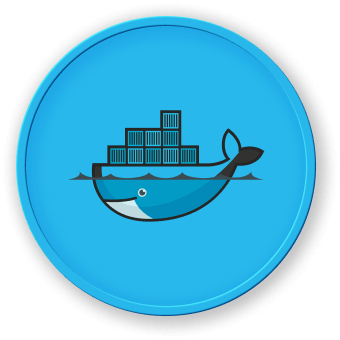When working with Docker volumes, it's important to optimize their performance to ensure your applications run efficiently. Here are some strategies you can use to improve the performance of Docker volumes:
Use the Appropriate Volume Driver
Docker supports various volume drivers, each with its own performance characteristics. The default volume driver, local, is suitable for most use cases, but you may want to consider using alternative drivers for specific workloads:
- NFS: The NFS volume driver can provide better performance for network-attached storage (NAS) systems.
- Azure File Storage: The Azure File Storage volume driver is optimized for Azure cloud environments.
- Amazon Elastic File System (EFS): The EFS volume driver is designed for AWS cloud environments.
Leverage Caching Mechanisms
Docker volumes can benefit from caching mechanisms to improve read and write performance. You can enable caching by using the --cache-from and --cache-to flags when building Docker images:
docker build --cache-from=type=local,src=/path/to/cache --cache-to=type=local,dest=/path/to/cache -t my-app .
This will use a local cache directory to store and retrieve cached layers, improving the build process.
Optimize Volume Mounts
When mounting volumes to your containers, consider the following optimizations:
- Use Bind Mounts: Bind mounts can provide better performance than named volumes, especially for I/O-intensive workloads.
- Minimize Volume Mounts: Avoid mounting unnecessary volumes to your containers, as each volume mount can introduce overhead.
- Use Tmpfs Mounts: For temporary data that doesn't need to be persisted, you can use tmpfs mounts, which store data in the host's memory and can offer better performance.
Monitor and Analyze Volume Usage
Regularly monitor and analyze the usage of your Docker volumes to identify any performance bottlenecks. You can use tools like docker volume inspect and docker stats to gather relevant metrics and make informed decisions about volume optimization.
docker volume inspect my-volume
docker stats my-container
By following these strategies, you can significantly improve the performance of your Docker volumes and ensure your applications run efficiently.




